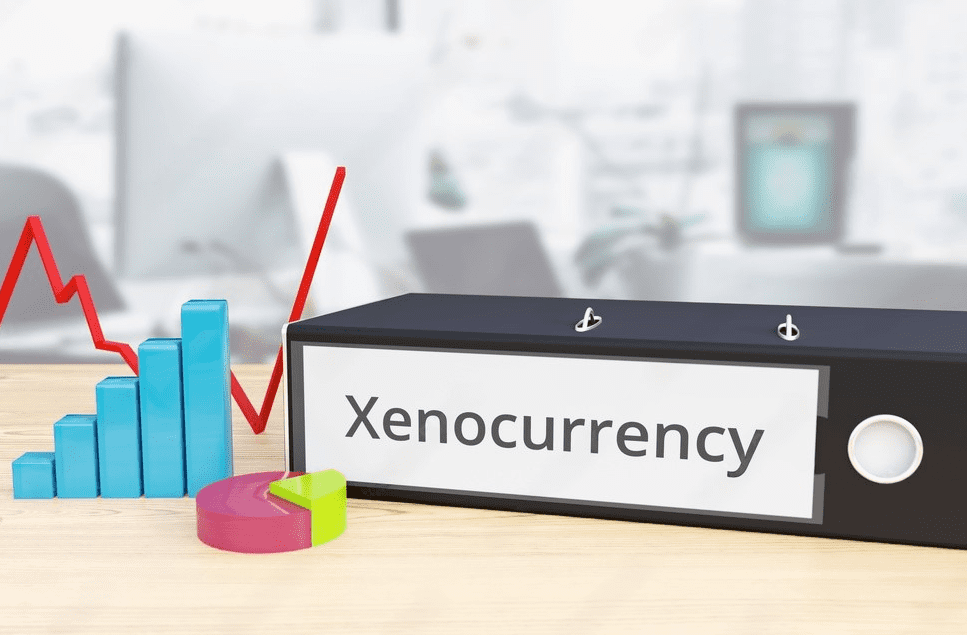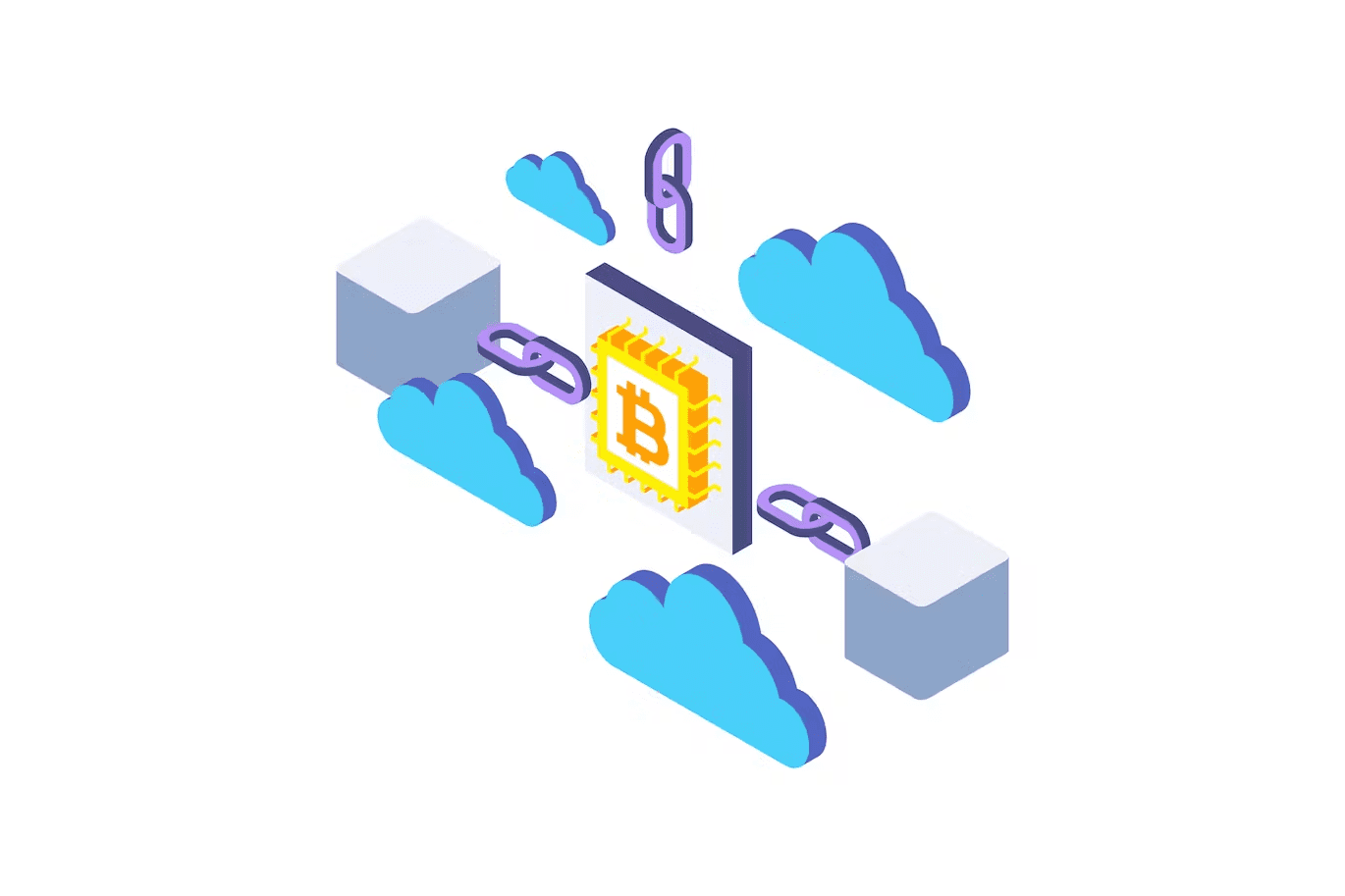Xenocurrency: Pioneering Financial Inclusion on a Global Scale
In a world that is becoming increasingly interconnected and digital, financial inclusion remains a pressing concern. Access to basic financial services is not just a matter of convenience but a fundamental right that can transform lives and empower individuals and communities. Traditional financial systems, however, have often left a significant portion of the global population underserved or entirely excluded. Enter xenocurrency, a groundbreaking concept that holds the potential to revolutionize financial inclusion on a global scale.
Table Content
I. Understanding the Current Financial Landscape
II. Introducing Xenocurrency
III. Key Features and Benefits
1. Accessibility
2. Low Transaction Costs
3. Financial Identity
4. Security and Privacy
5. Empowerment through Ownership
6. Innovation and Adaptability
7. Global Reach
IV. Challenges and Considerations
1. Regulatory Landscape
2. Technology Accessibility
3. Volatility
4. Education and Awareness
5. Security Concerns
V. The Road Ahead
1. Regulatory Clarity
2. Infrastructure Development
3. Financial Literacy Programs
4. Partnerships and Collaboration
VI. Footnote
Understanding the Current Financial Landscape
Before delving into the realm of xenocurrency, it's essential to comprehend the existing financial landscape and the challenges it poses. Despite remarkable progress in various sectors, a significant portion of the global population remains unbanked or underbanked. This is especially prevalent in developing countries, rural areas, and among marginalized populations.

One of the primary barriers to financial inclusion is the lack of access to traditional banking services. Many individuals live in areas where physical bank branches are scarce or non-existent, making it difficult for them to open accounts, access credit, or save money securely. Additionally, stringent documentation requirements, high transaction fees, and a general lack of understanding about financial products further compound these challenges.
The advent of the digital age has offered some solutions, such as mobile banking and digital wallets. However, these solutions often require access to smartphones and reliable internet connectivity, which remain limited in certain regions. Moreover, the traditional financial system's centralized nature can lead to inefficiencies, security vulnerabilities, and exclusion based on factors such as credit history or income level.
Introducing Xenocurrency
Xenocurrency, derived from the Greek word "xeno" meaning foreign or different, proposes an innovative approach to overcoming these barriers. At its core, xenocurrency refers to a decentralized digital currency that operates on blockchain technology. However, what sets xenocurrency apart is its focus on inclusivity, accessibility, and adaptability.

The idea behind xenocurrency is to create a digital financial ecosystem that transcends borders, eliminates intermediaries, and empowers individuals by giving them direct control over their financial resources. The use of blockchain ensures transparency, security, and traceability of transactions, addressing concerns about fraud and unauthorized access. Moreover, xenocurrency's decentralized nature reduces the dependency on traditional banking infrastructure, enabling even remote areas to participate in the global economy.
Key Features and Benefits
1. Accessibility: Xenocurrency's decentralized platform allows anyone with a smartphone or basic internet access to participate. This is a game-changer for individuals who were previously excluded due to geographical or infrastructural limitations.
2. Low Transaction Costs: Traditional financial systems often involve high transaction fees, especially for cross-border transfers. Xenocurrency leverages blockchain's efficiency to significantly lower these costs, making microtransactions and international transfers more feasible.
3. Financial Identity: Many individuals in underserved communities lack formal identification documents required by traditional banks. Xenocurrency, however, can provide a unique digital identity based on transaction history, enabling financial interactions and credit assessments without relying on traditional documentation.
4. Security and Privacy: Blockchain's cryptographic security ensures that xenocurrency transactions are tamper-proof and secure. Users have control over their personal data, reducing the risk of identity theft and unauthorized access.
5. Empowerment through Ownership: Xenocurrency promotes financial empowerment by allowing individuals to have direct ownership and control over their funds. This sense of ownership can lead to increased financial literacy and better money management practices.
6. Innovation and Adaptability: The decentralized nature of xenocurrency encourages innovation in financial services. Developers can build applications and services on the xenocurrency platform, tailored to the needs of specific communities.
7. Global Reach: With xenocurrency, geographical boundaries become less relevant. This opens up new opportunities for cross-border trade, remittances, and collaborations, particularly beneficial for emerging economies.
Challenges and Considerations
While the concept of xenocurrency holds immense promise, it's important to acknowledge the challenges and considerations associated with its implementation.
1. Regulatory Landscape: Different countries have varying attitudes toward cryptocurrencies and blockchain technology. Regulatory clarity is essential to ensure that xenocurrency can operate within legal frameworks and gain acceptance on a global scale.
2. Technology Accessibility: While smartphones and internet access have become increasingly widespread, there are still regions with limited technological infrastructure. Efforts must be made to bridge this digital divide.
3. Volatility: Cryptocurrencies, including xenocurrency, are known for their price volatility. This can pose risks to users who might not be familiar with these fluctuations or rely on stable financial instruments.
4. Education and Awareness: To fully reap the benefits of xenocurrency, users need to be educated about its features, advantages, and potential risks. Promoting financial literacy becomes crucial in this context.
5. Security Concerns: While blockchain technology offers robust security, the digital nature of xenocurrency makes it susceptible to cyber threats. Strong security measures and user education are necessary to mitigate these risks.
The Road Ahead
Xenocurrency's potential to drive financial inclusion on a global scale is undeniable. By leveraging blockchain's transformative capabilities, it addresses longstanding issues in the traditional financial system and offers a pathway to economic empowerment for billions. However, its success hinges on collaboration among governments, regulatory bodies, financial institutions, and technology developers.
To pave the way for xenocurrency's adoption, the following steps are crucial:
1. Regulatory Clarity: Governments and regulatory bodies need to establish clear guidelines for the use of xenocurrency. This will encourage innovation while ensuring compliance with legal and financial standards.
2. Infrastructure Development: Efforts should be made to enhance technological infrastructure in underserved regions. This includes expanding internet connectivity and providing access to affordable smartphones.
3. Financial Literacy Programs: Education and awareness initiatives are essential to help users understand the benefits and risks of xenocurrency. This will enable them to make informed financial decisions.
4. Partnerships and Collaboration: Collaboration among financial institutions, technology companies, and local communities will be key to developing user-friendly xenocurrency platforms and services that cater to diverse needs.
Footnote
In summary, xenocurrency represents a pioneering approach to achieving financial inclusion on a global scale. Its decentralized nature, coupled with the transformative potential of blockchain technology, has the power to reshape the way we perceive and interact with money. By prioritizing accessibility, empowerment, and innovation, xenocurrency could be the catalyst for a more inclusive and equitable financial future for all. However, its success requires a coordinated effort from various stakeholders to overcome challenges and ensure its seamless integration into the fabric of our financial systems.











Discussion